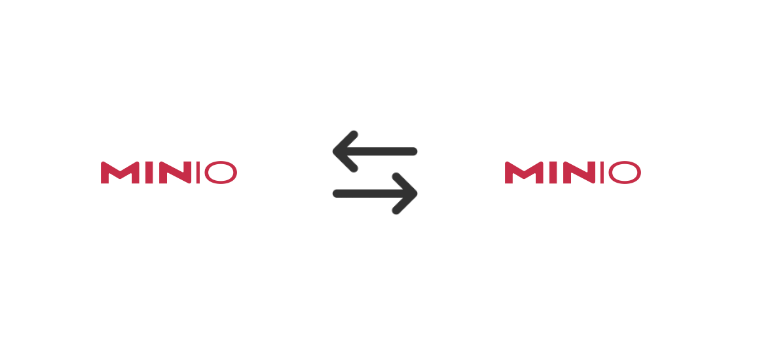MinIO Operator certificate issued by Kubernetes CSR

We will focus on utilizing the Kubernetes CSR resource specifically for creating a certificate that can be used by MinIO. You will have a clear understanding of how to generate a certificate using CSR, store it securely in a Kubernetes Secret.
Read more
























